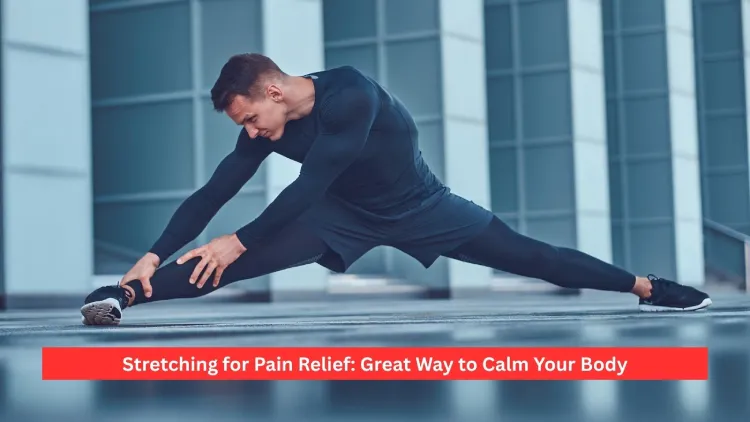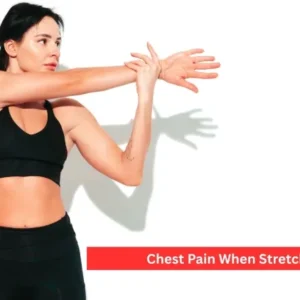Pain is a necessary inevitability of life; on the other hand, living in pain is not. Muscle and joint pain can drastically affect the quality of life, no matter whether it is through spending too much time sitting at a desk, pushing too hard, experiencing too much stress, or struggling with poor health in the long term. Luckily, stretching for pain relief is one of the most available, natural, and useful means of dealing with this discomfort. Stretching through relaxing tightness of muscles, enhancing blood flow, and tensioning provides an enjoyable way of relieving a lot of tension all over the body and facilitating adaptations for long-term healing measures.
This guide will reveal how stretching for pain relief works, how it can be scientifically proven to help relieve pain, and so much more, and why it is frequently a much better method in the long term than medication. We will discuss the kind of pain it treats, such as back, neck, hip, shoulder and leg pains and suggest easy stretches that you can perform at home. You will also receive some useful safety advice, as well as knowing when you should stretch and when to consult a doctor.
Whether you have a chronic stiffness problem or simply want to relieve the stress-related pains daily, stretching can become the best defence mechanism of your body. Read further to see how one can transform this mere habit into an effective means of physical comfort and enhanced well-being.
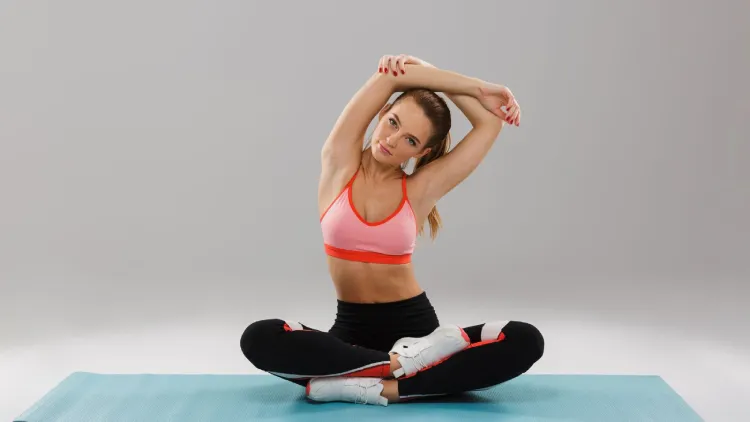
Why Stretching Helps Relieve Pain
Stretching looks like a simple task, yet it can exert tremendous implications on the way your body feels. Stretching your muscles and soft tissues is a gentle lengthening process, which boosts your blood flow, alleviates muscle stiffness and increases your range of motion. The changes can provide relief from pain, especially those parts caused by tension, over- or underuse, and those that lack use.
The following are some of the most important ways through which stretching to relieve pain is beneficial:
- Increases Range of Motion and Flexibility: Tight muscles lead to a decrease in mobility and positioning, which can bring about strain or imbalance. These are loosened with the help of stretching, which facilitates daily movements.
- It improves Circulation: Stretching increases the blood flow to the joints and muscles, thereby delivering nutrients and oxygen supply to tissues and encouraging healing and minimising inflammation.
- Reduces Stress and Tension in muscles: Stress is a proponent of pain. Light stretching brings your body under the parasympathetic nervous system, or in other words, it relaxes your body and lets go of any physical tension.
- Helps Posture: Having a bad posture is one of the most common causes of pain, particularly in the back, neck, and shoulders. Stretching assists in rectifying imbalance by straightening the body, thus enhancing proper mechanics.
- Promotes Endorphin Release: Stretching helps in the release of endorphins, or natural mood elevators inside your brain, which also serve the purpose of painkillers.
Be it is acute pain or chronic one, stretching for pain relief is a helpful and easily available pain relief treatment method.
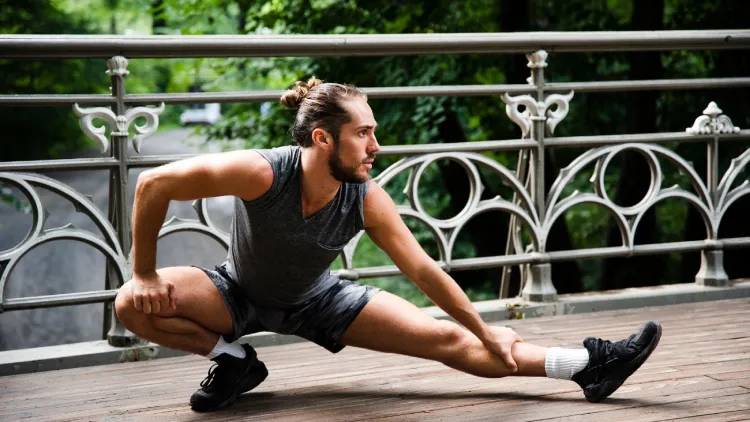
Types of Pain Stretching Can Help With
Pain may occur in different body parts, and there are different stretches that aim at given areas. The knowledge of the stretches to be employed can go a long way towards helping you become relieved and recover better.
1. Back Pain
One of the most common conditions in which people are affected is that of back pain, especially lower back pain. Spending too much time sitting, carrying heavy weights around, or maintaining the wrong postures may put strains on the spine and the muscles around it. This pain can be alleviated through simple stretching, in which gentle stretching of the spine can relax the spine to relieve the pain, and the tight muscles associated with the hip and leg muscles that add to this pain will be loosened up.
Effective stretches:
- Child’s pose
- Cat-cow stretch
- Forward bending seated
- Knee-to-chest stretch
These exercises aim at alleviating the compression of the spine and opening the hips and hamstring muscles, commonly linked to back strain.
2. Pain in the Neck and Shoulders Pain
Time spent at computers or smartphones with a bent neck or shoulders can cause neck and shoulder stiffness and pain. Regular stretching of these areas can enhance better posture, enhanced circulation and improved inflammation.
Effective stretches:
- Tilt and rotations of the neck
- Shoulder rolls
- Stretch chin tuck
- Doorway stretch
Stretching as a method of pain relief in the neck and shoulder area can be applied to release the tension and avoid the development of chronic stiffness.
3. Knee, hip pain
Hips as well as knees carry a significant amount of weight, thus, being easily stressed/bruised/injured. Causes of discomfort may include conditions such as arthritis, overuse injuries and muscle imbalances. Stretching habitually helps to correct joint positioning and flexibility, most particularly in the quads, hamstrings and hip flexors.
Effective stretches:
- Stretching of the hip flexor
- Hamstring stretch
- Quad stretch
- Butterfly stretch
Stretching can also be incorporated as an aid to relieve pain in these joints through stretching in order to improve movement and take some pressure off the joints which cause pain.
4. Shoulder blade and upper back pain
Poor posture or stress frequently contributes to tension in the upper back and in the shoulder blades. People with desk jobs or those who have heavy bags will experience contraction in this area.
Effective stretches:
- Thread-the-needle stretch
- Wall angels
- Seated twist
- The squeeze of the shoulder blades
The stretches enhance the movement of the thoracic spine and relieve pain between the shoulders.
5. Pain in leg and foot Pain in leg and foot
Leg and Foot pain could be a result of tight calf, Achilles tendons, or plantar fascia. People who spend much time on their feet, including athletes, tend to have problems in these areas. The muscles in the lower extremities are stretched, and this provides relief.
Effective stretches:
- Calf stretch
- Downward dog
- Toe stretch
- Seated stretch of the leg Seated leg stretch
In the healing process of such diseases as plantar fasciitis or shin splints, stretching to alleviate pain is critical.

Best Stretches for Pain Relief
Here are some proven stretches to help you get started. These movements are beginner-friendly and can be done at home with little to no equipment:
| Stretch | Target Area | Instructions |
| Child’s Pose | Lower back, hips | Kneel on feet, sit with heels, spread out arms in front, bend down and place your chest on the ground. Hold-30 seconds. |
| Neck Side Stretch | Neck | Whether you stand or sit, your head is tilted on one side with your ear to your shoulder. Stay 20 to 30 seconds on each side. |
| Cat-Cow Stretch | Spine | Go down on your fours, up on your back (cat), and down again (cow). Breath move 1 to 2 minutes. |
| Hip Flexor Stretch | Hips, thighs | While in a lunge position, press your hips forward and hold the position for 30 seconds. Repeat the movement on both sides. |
| Seated Forward Bend | Hamstrings | Extend the legs downward; hinge at the hips and try to reach your toes. Keep the position for thirty seconds. Be gentle—stay relaxed throughout your back. |
Perform these stretches once or twice a day, especially after long periods of inactivity or physical exertion.
Tips for Effective and Safe Stretching
Though stretching provides many benefits, carrying it out correctly is vital to prevent injury and optimise results. The following tips should be observed:
- Warm-up: Moderate exercises, such as walking or light arm sway, raise the flow of your blood and warm up your muscles.
- Stretch both sides -never give one side a workout, always work both sides.
- Deep breathing: Take time to breathe in and out to help you relax and aid the stretch.
- Hold stretches: It is important to have the capability to hold any position for 15-30 seconds without bouncing.
- Avoid pain: You should not experience sharp pain or pain that is intense. Pain should not be the outcome of stretching as a pain reliever.
- Make gradual shifts: Train yourself to incorporate stretching as part of your routine in order to receive such benefits on a long-term basis.
And keep in mind that abstinence and time are the ingredients of success. A regular practice, as simple as 510 minutes per day of stretching, can cause enough changes to affect the way your body feels and moves.
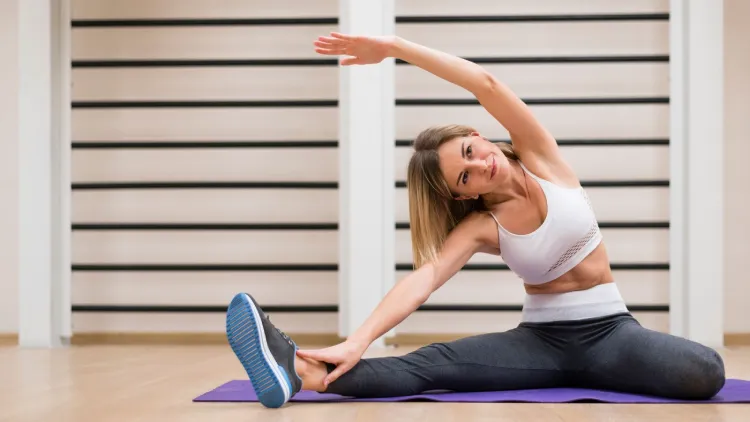
Stretching vs. Medication: A Healthier Long-Term Option?
Though medications such as ibuprofen or acetaminophen sold over-the-counter can help to get rid of the pain quickly, their only effect is the symptomatic one, as well as possible side effects when taken on a long-term basis. However, stretching aims at correcting such underlying causes as tight muscles, poor posture and immobility of joints without impairing them using any chemicals.
Pain relief as a key tool by means of stretching will encourage internal healing. It makes your body work more effectively and prevents new pain attacks. Stretching, in comparison to medication, enhances posture, body energy and stress; therefore, unlike medication, stretching is a well-rounded well-being tool as opposed to a symptom blockage.
When to Be Cautious
Stretching can be safe most of the time, but one should be able to understand when medical advice is necessary.
Talk to a medical professional before initiating a stretch practice in case:
- You are suffering from a chronic disorder such as arthritis, sciatica, or fibromyalgia.
- You have had a recent surgery or a serious injury.
- You have numbness, tingling or pain as you stretch something.
- You are not sure what movements are safe for your condition.
With a physical therapist, it is possible to develop a personalised programme of stretching to have an individual meeting your requirements and expectations.
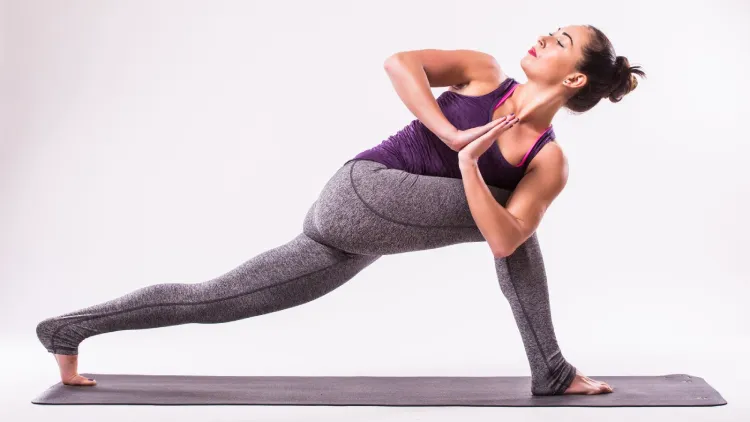
Conclusion
Active stretching is an effective, natural form of pain relief and a beneficial approach in the wider context of increasing effective movement and general well-being. It helps you recover, avoids hurting, and promotes your body to move more freely and with confidence. Stretching is something you should consider doing regularly, no matter whether to cope with chronic pain or the desire to feel better after you leave work.
Only a few minutes of mindful movement every day makes you not only stretch your muscles but also take one small step to long-term relief, enhanced posture, stronger and healthier body.
Frequently Asked Questions
1. What does stretching to relieve pain mean?
Pain relief by stretching is done when one performs soft stretches, which loosen the stiff muscles, increase blood circulation, and alleviate pain in the body. And it is a natural method to make your body relaxed, move better, and feel better, without the use of meds.
2. Which type of pain can be assisted by stretching?
Painful problems like lower back, neck and shoulder stiffness, hip and knee pain, upper back tension and even pain in the leg or foot can be overcome with the help of stretching. Stretch the correct area so that you can minimise tightness and increase flexibility.
3. How frequently am I supposed to stretch and how?
Stretching regularly should be done daily, even though it may only take 510 minutes every day. Stay in a stretch for at least 15-30 seconds, and do not forget to stretch both sides of your body. Inhale deeply, do not bounce and do not continue when you sharply experience pain. Light movement before stretching also avoids injuries.
4. Should pain medicine be substituted with stretching?
Stretching does not provide immediate relief like painkillers, but it contributes towards the natural healing process of your body. Medicine only covers the pain, whereas stretching remedies the causes of the pain, such as muscle cramps and poor posture is why it is safer and healthier to employ it as a long-term treatment option.

